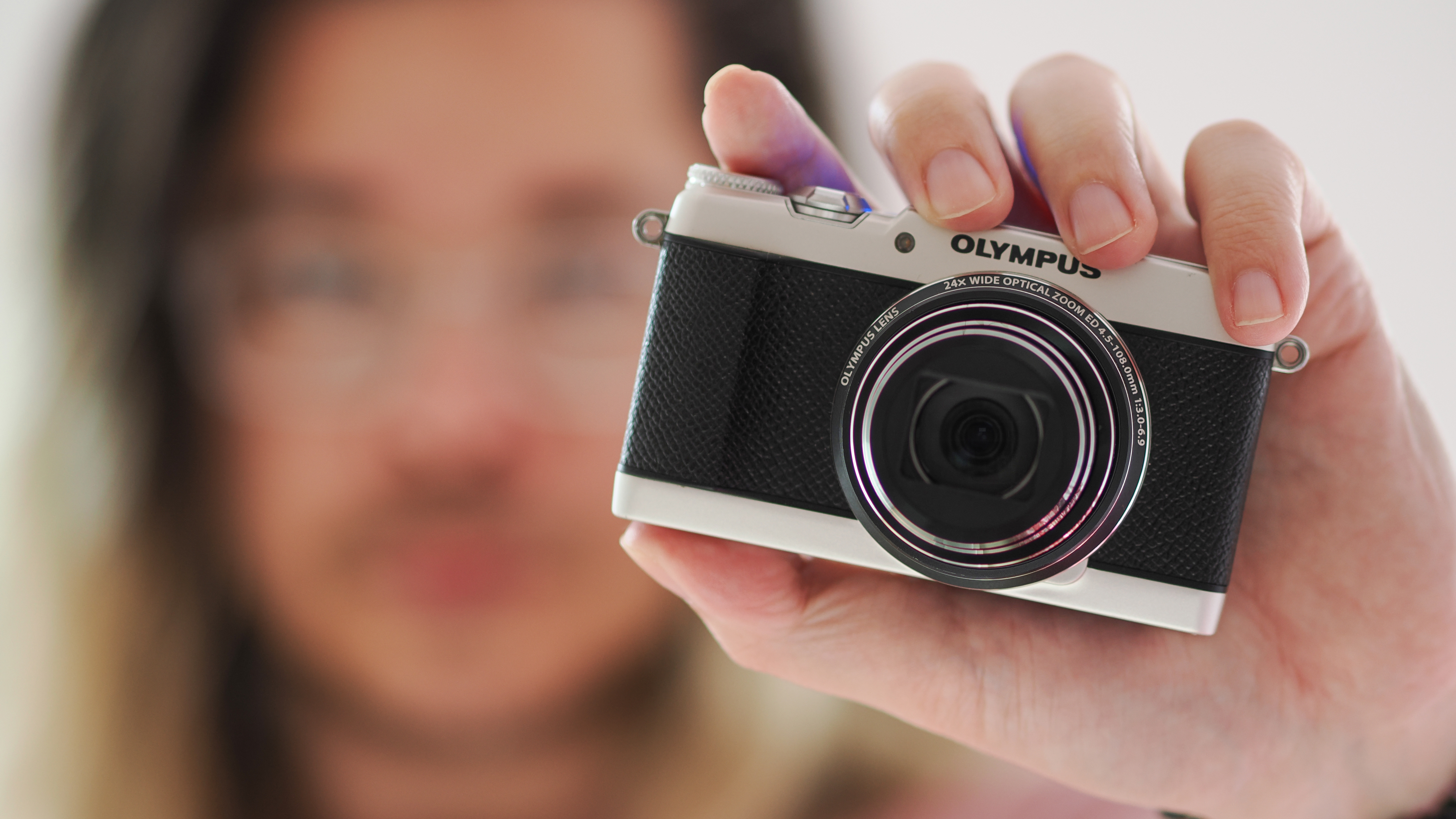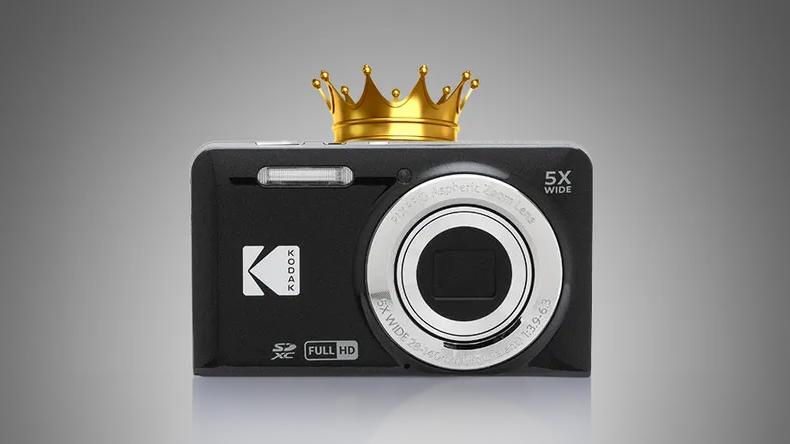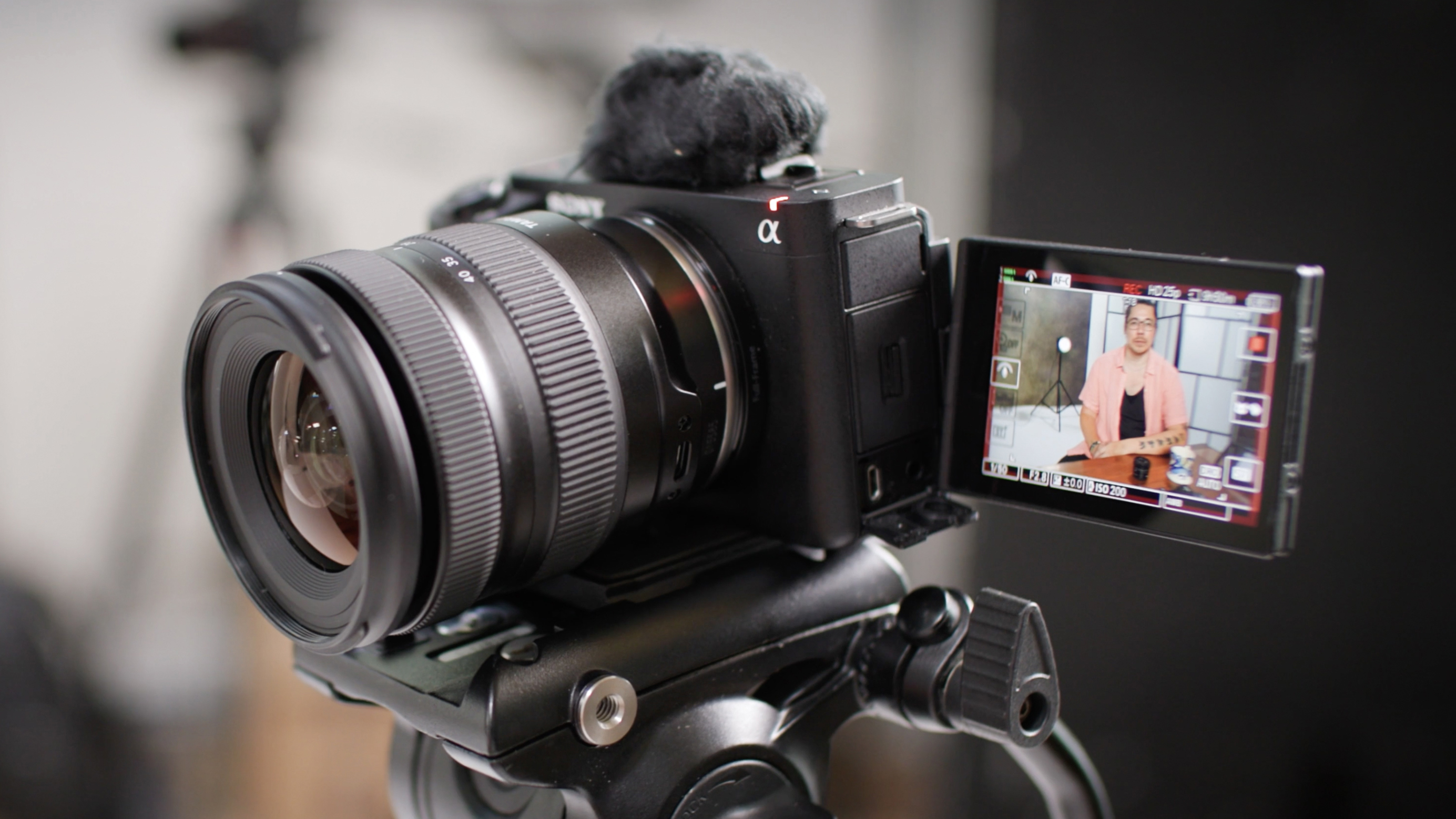The compact camera conundrum: Why do Canon, Kodak, Sony and Fujifilm all have different solutions to the same problem?
"Dig UP, stupid": Compact cameras have dug a hole that manufacturers are all trying to dig out of in completely different ways

It's the biggest paradox in the camera industry: compact cameras. They're a license to print money, yet somehow the industry has managed to dig itself into a deep hole – because nobody can make enough compacts to meet the demand for them – and every manufacturer is trying to dig its way out in completely different directions.
It's something I talked about in detail with my colleague Chris on Bokeh Face – Digital Camera World's new podcast. And it all started because the golden goose started laying eggs completely unexpectedly.
"Compact cameras came back in a huge way, mainly thanks to Fujifilm," I said. "The X100V just blew up on TikTok. Every bloomin' TikToker was using it, talking about it, shooting with it. And then that's when everyone realized, oh darn – people are buying compact cameras and none of us make modern ones any more."
A post shared by Digital Camera World (@digitalcameraworldofficial)
A photo posted by on
ABOVE: A snippet of myself and Chris discussing the compact situation
There was more to it than that, of course. Yes, the X100V went viral – but there were reasons that, years after the segment had seemingly died and all the brands stopped making them, consumers started buying compact cameras in droves again.
"Compact cameras have come back for all sorts of reasons," Chris noted. "People are rediscovering them, they're getting trendy on various social platforms. But I think it's also that feeling of, people want to disconnect the use of their phone – which runs their whole life – with their image-making. So they're using a separate device for it."
That relates in some way to the Gen Z movement that's looking for its own version of retro. Where my generation (apparently I'm a Xennial, somewhere between Gen X and Millennial) has sought out the 35mm film cameras of my youth, Gen Zers are looking for the lo-fi compact cameras of their youth. Hence, the surge in popularity of 2000s-era compacts on eBay.

ABOVE: Watch the full discussion on the Bokeh Face podcast
What's old is new… and sometimes, just plain old
For those looking to buy a modern version, the problem is that there are so few people actually making compacts these days. But years after abandoning them, Fujifilm was the first to go after the market again – specifically with new and innovative cameras across multiple price points.
"[Fujifilm] killed off their compact cameras, brought in a high-end version, the X100VI, and then they brought a more affordable camera in terms of the X-Half for a wider audience. So that's good," said Chris, adding that the GFX100RF is also there as a super-high-end option. And it's these new options that have been key to Fujifilm's success.
"And they've done something different with the design, which is also good. We're seeing lots of manufacturers bringing back compact cameras which are essentially reskins of something from the 1990s – and we still don't like them."
Indeed, when you look at what Kodak is doing with the likes of the Pixpro FZ45 and FZ55, these really are creaky, crusty, years-old cameras put in modern bodies – and at super-low price points. You really can't knock Kodak's success, as it is selling thousands and thousands of these cameras – and even toppled Canon, Fujifilm and Sony in Japanese market share for a while.

Panasonic and Canon have done something similar, upcycling cheap older models like the Lumix TZ99 / ZS99 and Powershot Elph 360 / Ixus 285 / Ixy 650 in order to get a compact back on shelves and past cash registers as quickly as possible.
But Canon has also followed the lead of its arch nemesis, who sees the future of compacts not as pocket-sized superzoom stills cameras but as content creation machines.
"What's really interesting to me is that recently Sony has reinvigorated compact cameras with a completely new category, which is the compact vlogging camera," I argued.
"The Sony ZV line has been massively popular – and it's videocentric, not stills-centric. I guess the engineers or the decision makers have gone, 'Okay, everyone's got a phone camera they can take snaps with on a night out, or take a picture of their dinner or a picture on holiday. What they really want is something to shoot good-quality vlogs and videos with.'"

Of course, Sony has also played a very different hand. Inspired by Fujifilm proving that consumers are willing to pay steep prices for premium devices (and wait months for the privilege, to boot), Sony resurrected its full-frame compact camera: the RX1R III.
In some ways, this is similar to what Canon and co – reskin an old camera in order to get something to market. But its proposition is quite different; while Kodak is offering compacts for $100, the RX1R III comes in at over $5,000.
Fittingly, this is an approach that apes what Leica is doing – which is actually what inspired Fujifilm's scarcity production model in the first place. Leica has always marketed premium products with premium pricing, but I don't think anyone could have predicted the rampant popularity of the Leica Q2 and Q3, not to mention the D-Lux 8 – itself a reskin of an old Panasonic compact.
So everybody is trying something different. Kodak and Panasonic are upcycling old cameras to cater to the old market. Canon and Sony are part upcycling, part trying to divert the market towards video. Leica is making premium everything, but pushing the boat out with full-frame tech. And Fujifilm is innovating in every way imaginable, including bringing back half-frame cameras.
And still, there aren't enough cameras on shelves to satisfy the market demand. Watch our full discussion on the Bokeh Face podcast and let us know what you make of it all.

You might also like…
If you struggling to get your hands on the best compact cameras, don't forget that some of the the best waterproof cameras are also brilliant compacts – with the bonus superpower of being able to go underwater!

James has 25 years experience as a journalist, serving as the head of Digital Camera World for 7 of them. He started working in the photography industry in 2014, product testing and shooting ad campaigns for Olympus, as well as clients like Aston Martin Racing, Elinchrom and L'Oréal. An Olympus / OM System, Canon and Hasselblad shooter, he has a wealth of knowledge on cameras of all makes – and he loves instant cameras, too.
You must confirm your public display name before commenting
Please logout and then login again, you will then be prompted to enter your display name.
